Abdominal Pain
Table of Contents
What is abdominal pain?
Abdominal pain is discomfort or other uncomfortable sensations that a person feels in their belly area. Abdominal pain is discomfort anywhere in the belly region — between the ribs and the pelvis. We often think of abdominal pain as “stomach pain” or a “stomachache,” but the pain in the abdomen could be coming from other organs besides the stomach, too.
Stomach pain is a pain that happens between the chest and pelvic districts. Abdominal pain can be dull, sharp, dull, achy, crampy, or intermittent. Additionally known as a stomachache.
LA single region of the abdomen is the only location of localized pain. Problems with a particular organ frequently result in this kind of pain. Stomach ulcers, which are open sores on the inner lining of the stomach, are the most common cause of localized pain.
Cramp-like pain can be brought on by flatulence, constipation, bloating, or diarrhea. It can be linked to menstruation, a miscarriage, or problems with reproduction in people who were born female. This irritation ventures all over and may vanish isolated without treatment.
Abdominal pain can also be a result of bacterial, viral, or parasitic infections that affect the stomach and intestines.
The abdomen is home to your:
- Stomach.
- Liver.
- Gallbladder.
- Pancreas.
- Small intestine.
- Large intestine.
These are all organs in the digestive system. However, pain can also be felt in the muscles, skin, and abdominal wall that make up the outer shell. Additionally, the chest, pelvis, or back may also be the source of a person’s abdominal pain at times.
Specialists may frequently separate the mid-region into quadrants or four sections. They might inquire as to whether the aggravation is in the:
- The upper part or lower part: Upper abdominal pain is above the belly button. Lower abdominal pain is below it.
- Right side or left side: The midline of the abdomen runs from the sternum through the belly button:
Stomach pain can take many structures and can mean different things.
It may feel:
- Mild or severe.
- Dull or sharp.
- Burning or achy.
- Crampy or colicky.
- Constant or intermittent.
- Localized (at one place) or generalized (all over the side).
Ultimately, abdominal pain is a subjective symptom that only a patient can describe. Since the healthcare provider can’t measure it, it’s what you say it is. The healthcare provider will always take abdominal pain seriously.
Types of abdominal pain:
Abdominal pain isn’t the same for everyone. For instance, an individual who is experiencing acute abdominal pain probably has only been experiencing the discomfort for about a week, if not less.
- Persistent stomach pain, then again, is a pain that is consistent or repeating. It goes on for a time of 90 days or longer.
- Abdominal pain can be caused by a variety of gastrointestinal and systemic conditions, making it challenging for medical professionals to pinpoint its root cause.
- Abdominal pain that gets worse over time is called progressive abdominal pain. Generally, another manifestation occurs as the abdominal pain progresses. Progressive abdominal pain is often an indication of something more severe.
Other such types of pain:
- Generalized pain: This indicates that more than half of a person’s belly is affected. A stomach virus, gas, or indigestion are more common causes of this kind of pain. If the pain gets worse, it could be caused by an obstruction in the intestines.
- Localized pain: This pain is only felt in one part of the belly. It is more likely to indicate a problem with the appendix, gallbladder, stomach, or any other organ.
- Cramp-like pain: This sort of aggravation isn’t serious more often than not. Gas and bloating are likely to blame, as is frequent diarrhea. Additional disturbing signs incorporate torment that happens more regularly, endures over 24 hours, or happens with a fever.
- Colicky pain: Pain of this kind comes in waves. It all the time starts and finishes out of nowhere, and is frequently serious. This kind of pain in the belly is frequently brought on by gallstones and kidney stones.
Causes of abdominal pain:
There are multiple reasons for abdominal pain. It may be connected to digestion, injury, infection, or disease. It may come from an organ inside, or from the muscles or skin in the abdominal wall. Or it may have spread from someplace else nearby.
The doctor will ask detailed questions about the pain to determine the cause. How bad it feels does not necessarily indicate how serious it is. Some common, transient conditions can be severe, and some life-threatening conditions may feel mild.
Many conditions can lead to abdominal pain. But the main causes are:
- Infection
- Abnormal growths
- Inflammation
- Obstruction (blockage)
- Intestinal disorders
- Inflammation
Diseases that impact the organs in the abdomen
- Infections in the throat, intestines, and blood may cause bacteria to enter the digestive tract, resulting in abdominal pain. These infections may also induce changes in digestion, like diarrhea or constipation.
- Cramps associated with menstruation are also a possible cause of lower abdominal pain, but these are more commonly known to cause pelvic pain.
Other common reasons for abdominal pain include:
- Constipation
- Diarrhea
- Gastroenteritis (stomach flu)
- Acid reflux (when stomach contents leak back into the esophagus, provoking heartburn and other symptoms)
- Vomiting
- Stress
Diseases that influence the digestive system can also cause chronic abdominal pain. The most common causes are:
Digestive issues:
- Abdominal pain after consumption of food may be due to:
- Indigestion.
- Gas and gas pain.
- Constipation.
- Diarrhea.
- Food allergies and intolerances.
- Food poisoning
- Inflammation
- Irritation or infection in the organs can induce temporary inflammation, such as:
- Viral gastroenteritis (stomach flu).
- Peptic ulcer disease.
- Chronic acid reflux (GERD).
- Gastroesophageal reflux disease (GERD)
- Irritable bowel syndrome or spastic colon (A disorder that generates abdominal pain, cramping, and changes in bowel movements)
- Crohn’s disease (an inflammatory bowel disease)
- Lactose intolerance (not able to digest lactose, the sugar found in milk and milk products)
- Urinary tract infection (UTI).
- Female reproductive cycle
- Women who have a uterus might experience occasional pain from:
- Menstrual cramps.
- Ovulation pain.
Reasons for severe abdominal pain include:
- Organ rupture or near-rupture (similar to a burst appendix, or appendicitis)
- Gallbladder stones (known as gallstones)
- Kidney stones
- Kidney infection
- The location of the pain in the abdomen may be a hint as to its cause.
Pain that is generalized throughout the abdomen (not at one specific area) may indicate:
- Appendicitis (inflammation of the appendix)
- Crohn’s disease
- Traumatic injury
- Irritable bowel syndrome
- Urinary tract infection
- The flu
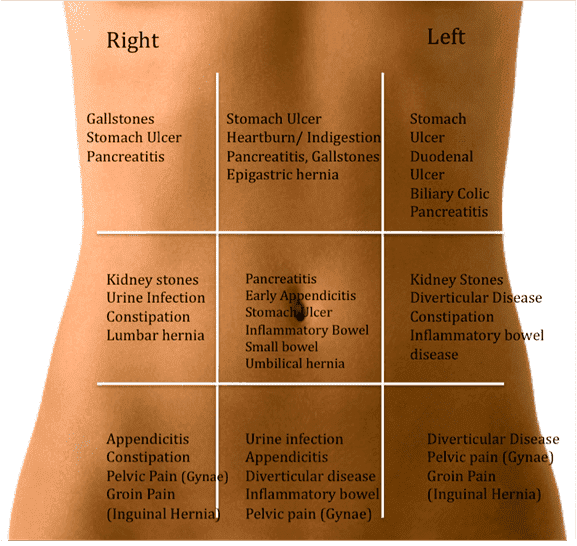
Lower Abdominal Pain
The lower abdomen has most of the small intestine and large intestine. Lower abdominal pain is most probably to be related to gastrointestinal diseases. It could also be related to the ureters, ovaries, or uterus.
Abdominal causes include:
- Irritable bowel syndrome.
- Functional dyspepsia.
- Inflammatory bowel disease (Crohn’s, ulcerative colitis).
- Large or small bowel obstruction.
- Small intestine cancer.
- Colon cancer.
- Abdominal aortic aneurysm.
- Peritonitis.
- Mesenteric lymphadenitis.
- Intestinal (mesenteric) ischemic syndrome.
- Hernia.
- Kidney stones.
Pain that is concentrated in the lower abdomen may indicate:
- Appendicitis
- Intestinal obstruction
- Ectopic pregnancy (A pregnancy that ensues outside the womb)
In people assigned female at birth, pain in the reproductive organs of the lower belly can be caused by:
- Severe menstrual pain (termed dysmenorrhea)
- Ovarian cysts
- Miscarriage
- Fibroids
- Endometriosis
- Pelvic inflammatory disease
- Ectopic pregnancy
Upper Abdominal Pain
Upper abdominal pain may be caused by:
- Gallstones
- Heart attack
- Hepatitis (liver inflammation)
- Pneumonia
Pain in the center of the abdomen may be from:
- Appendicitis
- Gastroenteritis
- Injury
- Uremia (uremia means a buildup of waste products in the blood)
If the pain is referred from the chest, it may be due to:
- Angina.
- Noncardiac chest pain.
- Heart attack.
- Pericarditis.
- Pneumonia.
- Pleurisy.
- Pulmonary embolism
Reasons for Upper and Lower LEFT abdominal pain
Lower left abdominal pain may be generated by:
Pain that is specified in the lower left abdomen is most often related to diverticulosis and diverticulitis of the colon. Diverticula (small outpouchings in the bowel wall) can occur throughout the colon, but they usually develop in the lower left part.
- Crohn’s disease
- Cancer
- Kidney infection
- Ovarian cysts
- Appendicitis
Upper left abdominal pain is periodically caused by:
The upper left abdomen is home to the stomach, pancreas, and spleen. The left kidney is in the back of the abdominal cavity, and the heart and left lung are right above it.
Upper left abdominal pain may be due to:
- Pancreatitis (inflamed pancreas).
- Pancreatic cancer.
- Splenomegaly (enlarged spleen).
- Gastritis.
- Stomach ulcer.
- Bile reflux.
- Stomach cancer.
- Kidney infection.
- Kidney stone.
- Enlarged spleen
- Fecal impaction (Hardened stool that can not be eliminated)
- Injury
- Kidney infection
- Heart attack
- Cancer
Reasons for Upper and Lower RIGHT abdominal pain include:
Lower right abdominal pain includes:
Pain that is specified in the lower right abdomen may be related to the appendix. It could be inflammation (appendicitis) or more infrequently, appendix cancer.
- Appendicitis
- Hernia (When an organ comes out through a weak area in the abdominal muscles)
- Kidney infection
- Cancer
- Flu
Upper right abdominal pain can result from:
Right upper quadrant:
The upper right abdomen is home to the liver, gallbladder, and bile ducts. The right kidney is in the back. The first sections of the small and large intestines also pass through.
Upper right abdominal pain is most probably related to liver disease or gallbladder disease, such as:
- Hepatitis (alcoholic, toxic, metabolic, viral, or autoimmune).
- Gallstones.
- Cholecystitis (gallbladder inflammation).
- Bile duct cancer, stones, and strictures.
- Gallbladder cancer.
- Liver cancer.
It could also be a localized problem in the duodenum, ascending colon, or right kidney, such as a:
- Kidney infection.
- Kidney stone.
- Duodenal ulcer.
- Large bowel obstruction.
Other problems:
- Injury
- Pneumonia
- Appendicitis
Signs and Symptoms:
Signs and symptoms, including:
- Severe pain
- Fever
- Bloody stools
- Persistent nausea and vomiting
- Skin that appears yellow
- Severe tenderness when you touch your abdomen
- Swelling of the abdomen
- Vomit blood
- See bloody or black, tarry bowel movements
- Trouble breathing
- Have swelling in the belly
- Are pregnant
- Have unexplained weight loss
When to see a doctor?
A person should also contact the doctor as soon as possible if they have symptoms along with the pain, such as:
- Not able to keep food down for more than 2 days
- Signs of getting dehydrated, including not urinating frequently, dark-colored urine, and being very thirsty
- Can’t have a bowel movement, especially if there is also vomiting
- Pain when to urinate or need to urinate often
- The belly is tender to the touch
- Pain lasts more than a few hours
Diagnosis of abdominal pain:
Doctors and other healthcare providers are likely to ask the following questions when attempting to diagnose abdominal pain:
Where is the pain?
Doctors and other health professionals will first ask the person where they feel the pain. Gallstone pain may be felt on the right above the umbilicus (belly button) but below the ribcage. Gallstone agony might spread (or emanate) to the right half of the shoulder or the back.
Kidney stone pain typically radiates down into the groin on the same side on either the right or left side, more so in the back than in the front of the mid-region.
Pain in the actual focal point of the midsection is bound to be coming from the intestine, but in males, testicular agony is additionally felt in the focal point of the mid-region.
When did the pain start?
Abdominal pain is considered “acute” if it lasts for less than two days, “persistent” if it lasts longer than two days, and “chronic” if it lasts longer than two weeks.
How severe is the pain?
The doctor will usually ask about the rate of pain or give a pain score out of 10. Mild pain can be rated from 3 to 4, which is noticeable, unpleasant, and similar to a toothache but not severe enough to prevent normal activity.
Severe pain stops all other activities (like labor pain in childbirth). Gallstone or kidney stone pain is usually severe.
Does the pain come and go?
Colic is a type of intermittent abdominal pain caused by the contraction of a hollow organ like the bowel, gallbladder, or urinary tract. Pancreatitis, stomach ulcers, or pain from an abdominal infection are examples of chronic organ pain and it is constant.
Have you had this pain before?
Gallstone pain and kidney stone pain will usually recur every few months.
Pain during the menstrual cycle can be caused by an ovarian follicle, while pain during the middle of the cycle can be caused by endometriosis or pelvic inflammatory disease. Period pain can be painful and may indicate an underlying condition.
What circumstances led up to the pain?
This is an essential question as it might point to the reason for the pain. Pancreatitis may begin as a result of trauma, such as a sports injury or car accident, current medication, such as antibiotics or anti-inflammatory medications, or excessive alcohol consumption.
Are there associated characteristics?
Kidney stones can be identified by the presence of blood in the urine and flank pain (pain between the pelvis and the ribs).
Vomiting with pain in the center of the abdomen can point to a small bowel obstruction. Severe constipation with pain in the area may indicate a large bowel obstruction.
Does the patient have a history of previous surgery or radiation therapy to the abdomen?
Ongoing medical procedures to the gut or other stomach organs could bring about complications, for example, disease, that could cause stomach pain.
Surgery or radiation therapy can cause adhesions, or scarring, in the tissue surrounding the bowel, which can lead to bowel obstruction.
Examinations and tests:
If examinations and tests are required, these may include:
- A rectal test to check for buried blood or different issues
- A check of the penis and scrotum
- A pelvic test to check for issues in the belly (uterus), fallopian cylinders, and ovaries, and a pregnancy test
- A blood test to look for infection (which causes a raised white cell count) or bleeding (which causes a low blood count or hemoglobin)
To determine which organ may be involved, other blood tests may examine the liver, pancreas, and heart for enzymes.
- A urine test to investigate for a urine infection or blood (if there is a kidney stone)
- An ECG (electrical tracing of the heart) to rule out a heart attack
Other tests, involving
- X-ray, Ultrasound, or CT scan
- An endoscopy – is an examination where a flexible tube with a light and video camera at the tip is used to examine some internal organs without the need for surgery. Different names are used depending on which organ is being looked at sometimes a patient may be referred to another doctor to help find the cause of the problem.
How can prevent abdominal pain?
Not all states of abdominal pain are preventable. But a person can decrease the risk of developing abdominal pain by:
- Eating a healthy diet
- Drinking lots of water
- Exercising regularly
- Eating smaller meals
- If a person has an intestinal disorder, like Crohn’s disease, follow the diet a doctor has given to minimize discomfort. If A person has GERD, don’t eat within 2 hours of bedtime.
- After eating, lying down too soon may cause heartburn and abdominal pain. Try to wait for at least 2 hours after eating before lying down.
Treatment:
There are many different causes and treatments for stomach pain. A few circumstances, like gallstones or an infected appendix, may require a medical procedure. Some, like ulcers and infections, can be treated with medication. Additionally, you might have to endure the stomach flu or kidney stone until it goes away on your own.
The treatment for abdominal pain relies on its cause. Depending on the cause of the pain, the best course of treatment may involve self-care measures, over-the-counter or prescription medications, or procedures including drug injections or surgery.
Self-Care Measures
Mild abdominal pain due to digestive upset may react to short-term self-care measures such as the following:
- Avoiding solid foods for a few hours
- Sipping water or clear fluids
- Resting until you feel better
- Keeping to mild foods like crackers, rice, bananas, or applesauce, and avoiding dairy products, citrus fruits, fatty foods, tomato products, caffeine, alcohol, and carbonated beverages.
- Do not take aspirin, ibuprofen, or other nonsteroidal anti-inflammatory drugs (NSAIDs) for abdominal pain, since these medications can irritate the stomach and actually increase your pain.
If a person doesn’t know what’s causing the abdominal pain, it’s important to find out, especially if it doesn’t go away on its own. Keep in mind that even minor infections can be serious. However, a person can begin treating themselves with the following if they have a pretty good idea that their stomachache is related to digestion:
- Bowel rest: Cease eating, or only eat food that is easy to digest. Foods like crackers or bananas.
- Hydration: Drink an abundance of water or a hydration formula.
- Heat therapy: Try a warm water bottle on the stomach or a soak in the bath.
- Home remedies: Use licorice for gas, ginger for indigestion, or peppermint to aid relax the intestinal muscles.
Medication Options:
It’s typically not advised to take any medications for abdominal pain without first talking to the healthcare provider, since some common drugs for pain can irritate the digestive tract and make the pain worse
If a person has an underlying health condition that mandates medical treatment, the doctor may prescribe medications such as the following:
- Drugs to treat gastroesophageal reflux disease (GERD)
- Antibiotics to treat infection
- Drugs to reduce inflammation
- Targeted treatments for inflammatory bowel disease (IBD)
Procedures and Surgery
In uncommon cases, office methods or medical procedures might be expected to treat stomach pain really. These procedures may include the following:
- Injection of a numbing agent
- Corticosteroid injections
- Hernia repair surgery
- Appendectomy
Alternative and Complementary Therapies:
Some alternative therapies can help alleviate or manage abdominal pain in addition to self-care measures.
- Acupuncture
- Hypnosis
- Meditation
- Relaxation training
Home Remedies
Depending on the cause, abdominal pain may be treated with:
- There is surgery to treat a problem with an organ.
- Over-the-counter pain relievers like aspirin and ibuprofen can irritate the stomach and make the pain worse.
- Medications to reduce inflammation, prevent acid reflux, treat ulcers, or treat infections
- Do not take them unless a doctor has determined that they are the cause of the stomach pain and recommends using them.
Some diet and lifestyle changes may help with belly pain caused by gas and indigestion. Here are some specialties a person can try:
- Eat smaller portions at more frequent meals.
- Eat slowly.
- Chew the food well.
- Drink beverages at room temperature.
- Avoid foods that give gas or indigestion.
- Manage the stress.
- Limit alcohol and caffeine.
- Sit up straight after eating.
- After eating, engage in regular physical activity by going for a short walk.
Summary:
So many things can cause abdominal pain that it’s unavoidable we’ll all experience it from time to time. Menstrual cramps, gas and indigestion, food poisoning, and even the flu are all common causes that can be easily identified. Other causes may be more mysterious. And sometimes stomach pain is a symptom of an unsuspected or serious condition.
Abdominal pain, particularly if it cannot be explained, will always be of interest to the medical professional. Common causes are often easy to treat, and having your condition diagnosed can help to find relief. Even if the stomach pain is mild, make sure you see the doctor to prevent any serious disease.
FAQs:
What does it mean when your abdomen hurts?
Stomach pain is pain that comes from where the pelvis meets the chest. Abdominal pain can be dull, sharp, achy, crampy, or intermittent. It is also called a stomachache. Abdominal pain can be brought on by diseases or inflammation that affect the abdominal organs.
What are the symptoms of chronic abdominal pain?
The symptoms can be mild to severe, appearing and going, but they do not always get worse over time. Conditions that might cause ongoing stomach torment include:
Angina (reduced blood flow to the heart) and Celiac disease.
Endometriosis.
Gallstones.
Gastritis (inflammation of the stomach lining)
Gastroesophageal reflux disease (GERD)How long does abdominal pain last?
This type of pain may be attending for weeks to months, or even years. Some chronic conditions lead to progressive pain, which steadily gets worse over time. The various circumstances that cause intense stomach torment are generally joined by different side effects that foster for hours to days.
How do I know if my stomach pain is serious?
A person should get help immediately if they develop any of the following symptoms along with stomach pain:
The abdomen is extremely hard.
Abdominal tenderness when it is touched.
Coughing up or vomiting blood.
Persistent vomiting.
Bloody diarrhea.
Chest pain or pressure.

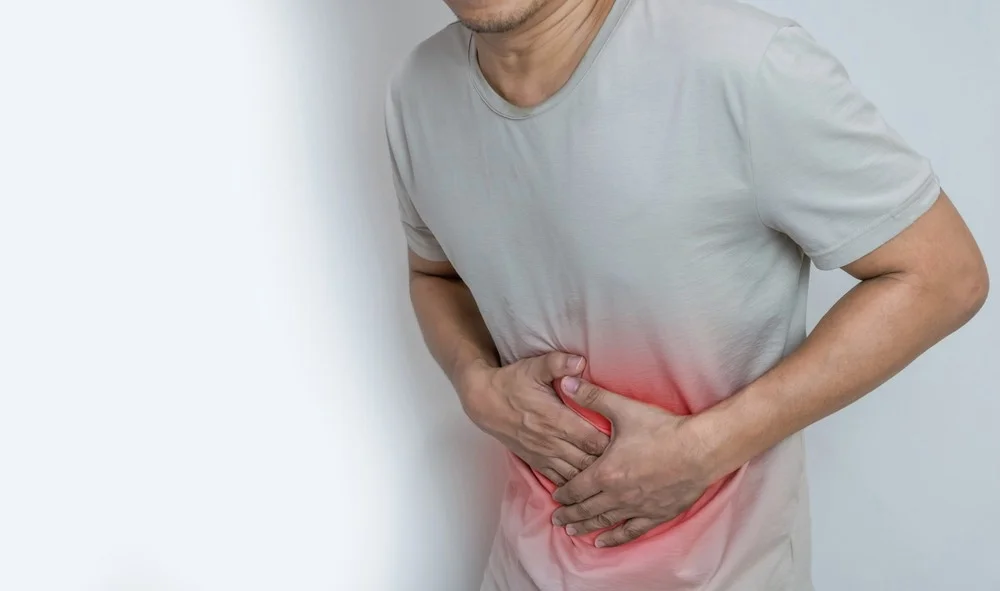
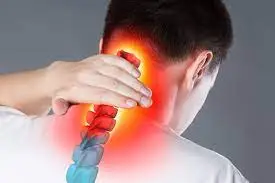
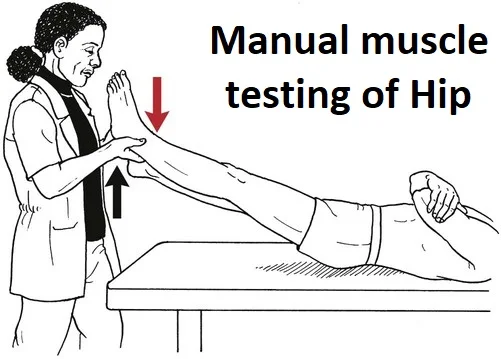
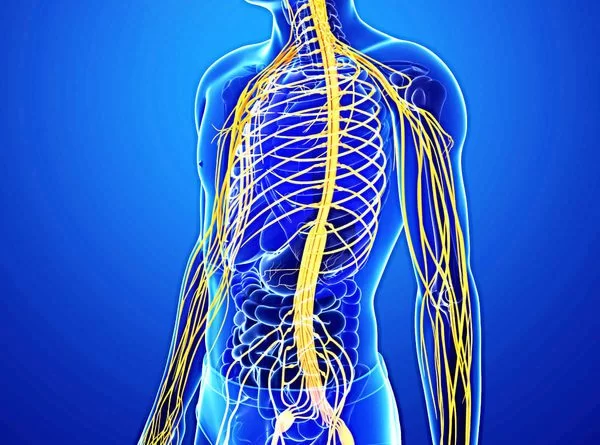

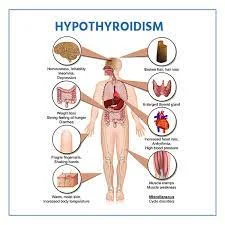
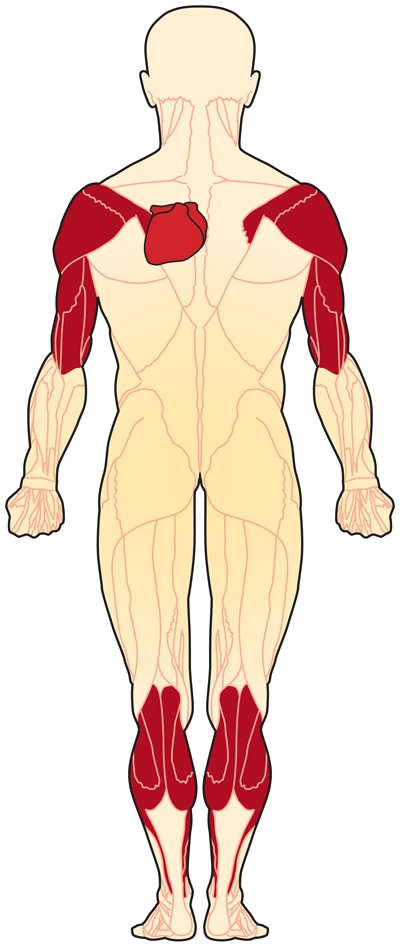
18 Comments